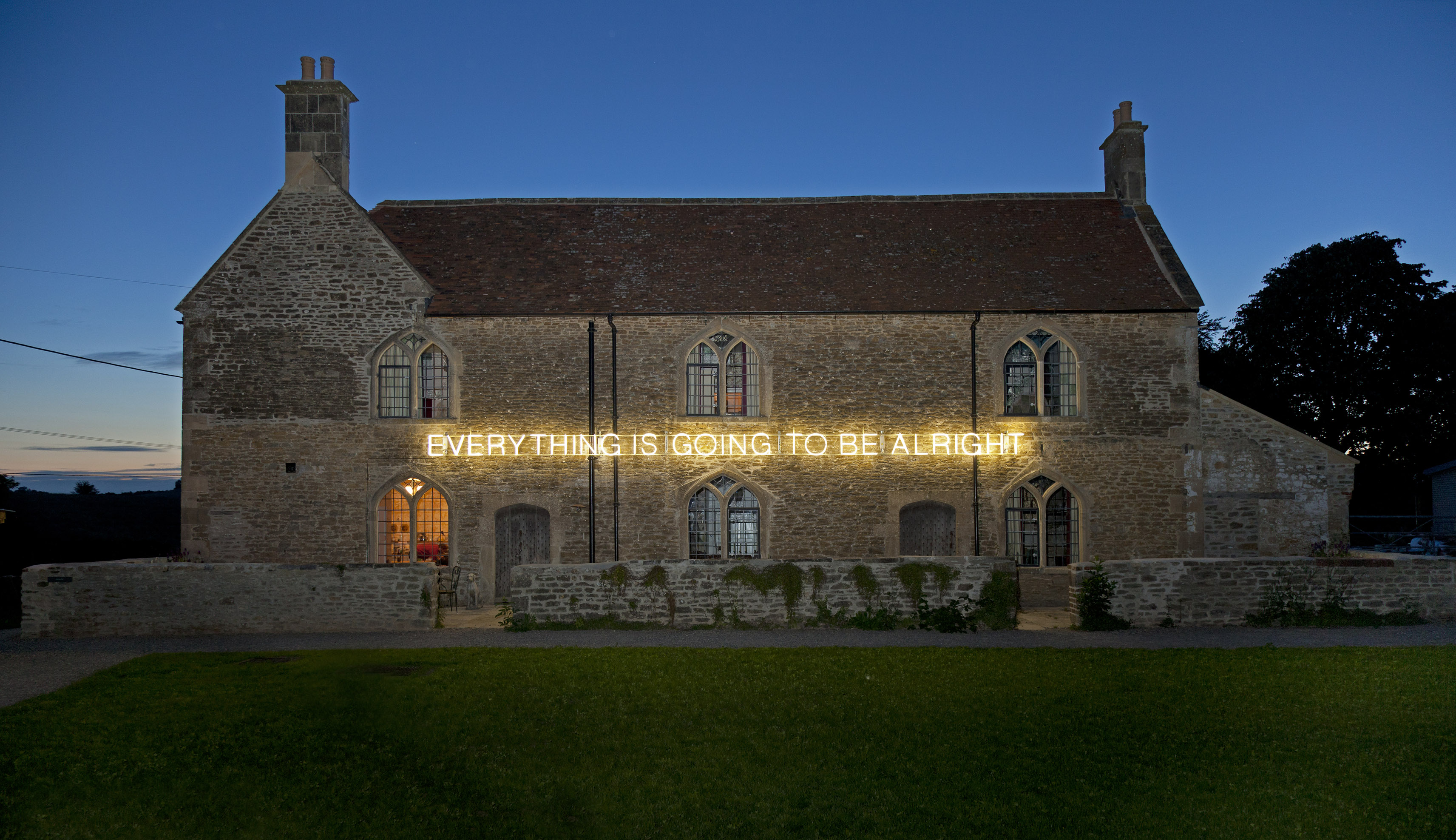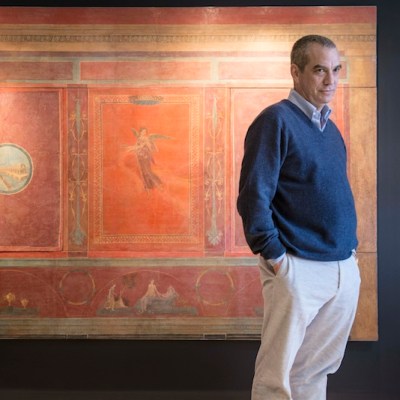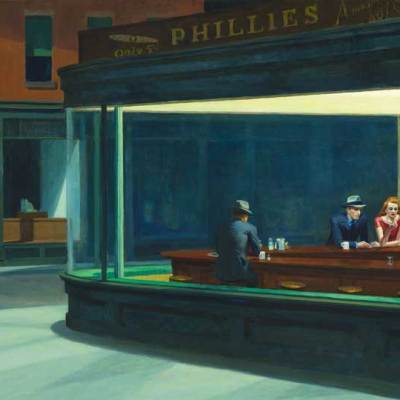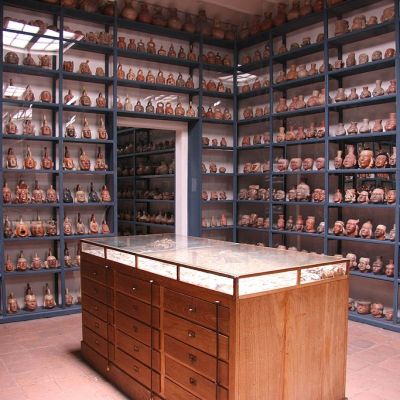A round-up of the week’s reviews…
Room 48 at the V&A in 1914, showing the sculptures in the Rodin Gift as arranged by the sculptor himself © Victoria and Albert Museum, London

The Rodin Gift to the V&A: a centenary celebration (Melanie Vandenbrouck)
In July 1914, a representative group of 18 works by Auguste Rodin, selected by the sculptor himself, were shown in an exhibition of contemporary French art at Grosvenor Gallery in London. As war broke out, the sculptures were stranded in England, and moved (at first temporarily) to the care of the Victoria and Albert Museum. By November, Rodin decided to donate these works to the nation, in honour of the British soldiers fighting beside his countrymen in France.
‘Work No. 1086 EVERYTHING IS GOING TO BE ALRIGHT’ (2011), Martin Creed, © Martin Creed Courtesy the artist and Hauser & Wirth, Photo: Jamie Woodley

Ancient Contemporary: Hauser & Wirth Somerset (Jack Orlik)
The road to Somerset leads through open plains and steep chalk valleys. Sharp inclines in the path are followed by abrupt drops as the journey leads on through a terrain pocked by hundreds of ancient monuments…For Iwan Wirth, this history is important. This is an unexpected stance from a man who has set up clean, white-walled galleries in Zurich, London and New York – just as Hauser & Wirth Somerset, as Durslade Farm is now known, is an unexpected project. Wirth explains the move into Somerset as though it was destiny, rather than a rational decision: ‘you don’t pick places, places pick you’.
Untitled (1969), Donald Judd. © the artist. Image courtesy of the artist and Blain|Southern. Photo: Prudence Cuming 23 August 2013

‘The Space Where I Am’ at Blain|Southern, London (Lowenna Waters)
In the foyer, when you first walk in, there is a skeletal bronze sculpture, reminiscent of shooting targets. At first, I can’t work out what it is, and then it becomes apparent that it’s the stripped down frame of a park bench: a piece of urban detritus. It is Bench (1995) by British artist and curator Keith Coventry…Through the removal of the wooden seat, the bench is stripped of its utility, formality usurps functionality, and the emptiness or void present in the work suggests urban decay.
The Wedding Night of Tobias and Sarah, Jan Steen. Museum Bredius collection. Image: Wikimedia Commons

The Hague’s hidden treasures: Museum Bredius (Louise Nicholson)
The Mauritshuis acquired international fame only under the leadership of Abraham Bredius, director 1889–1909…The controversial Bredius leaked feisty art gossip to the press while – expressly defying museum rules – using his private wealth to assemble his own collection of Dutch art. At the same time, he wrote with his assistant a new Mauritshuis catalogue and acquired 30 paintings for the collection (sometimes using his personal money). They include Vermeer’s Girl with the Pearl Earring, Fabritius’s The Goldfinch and Rembrandt’s Saul and David.



